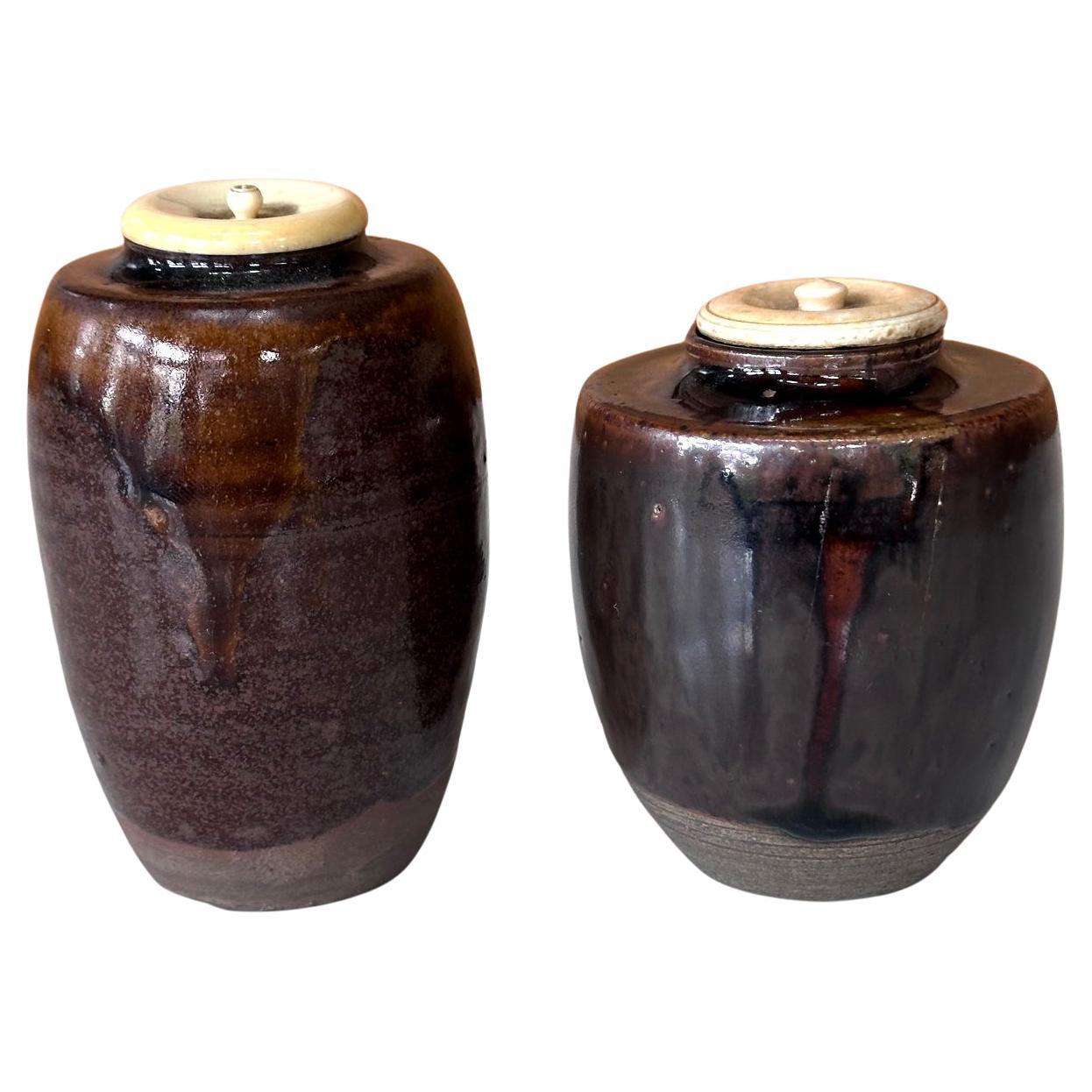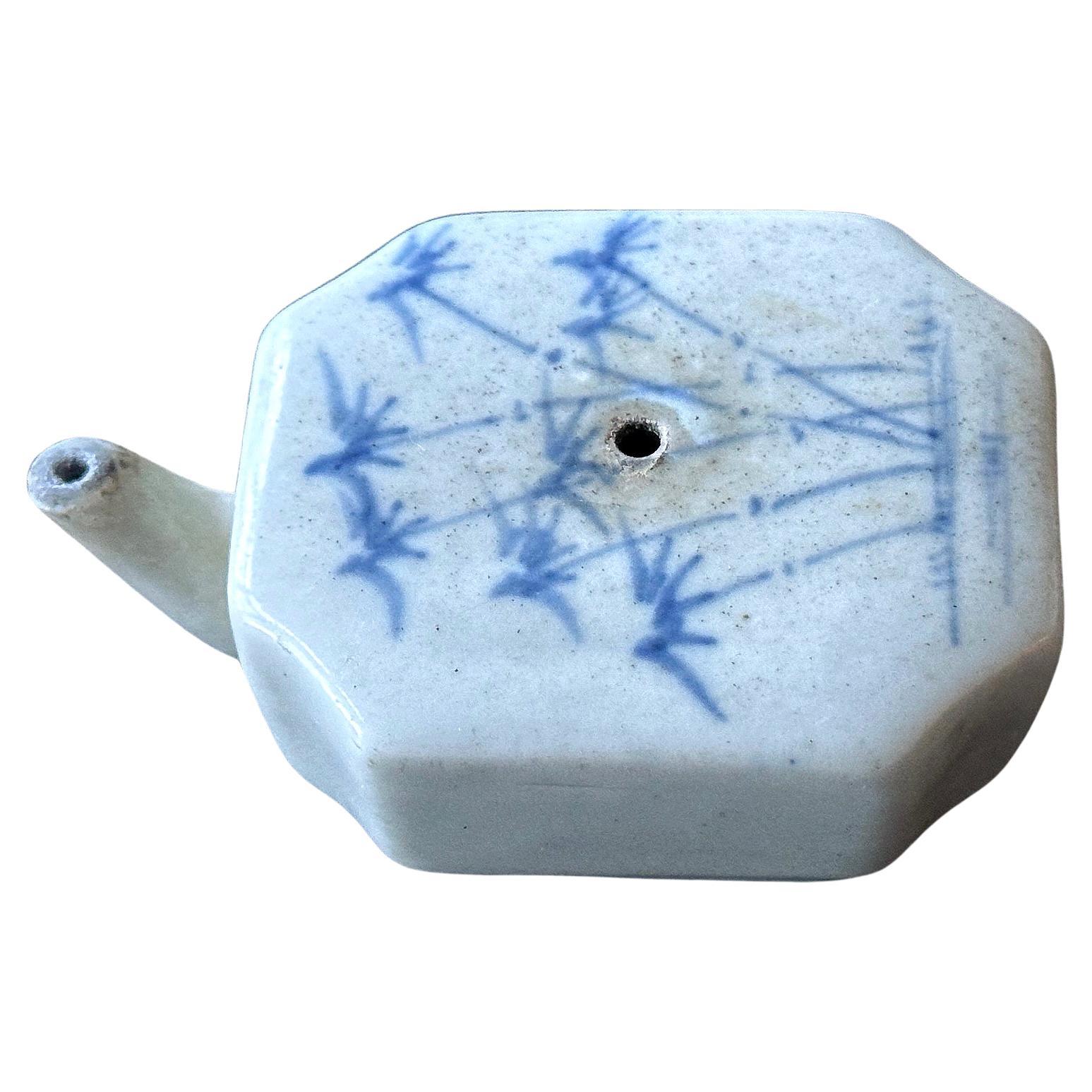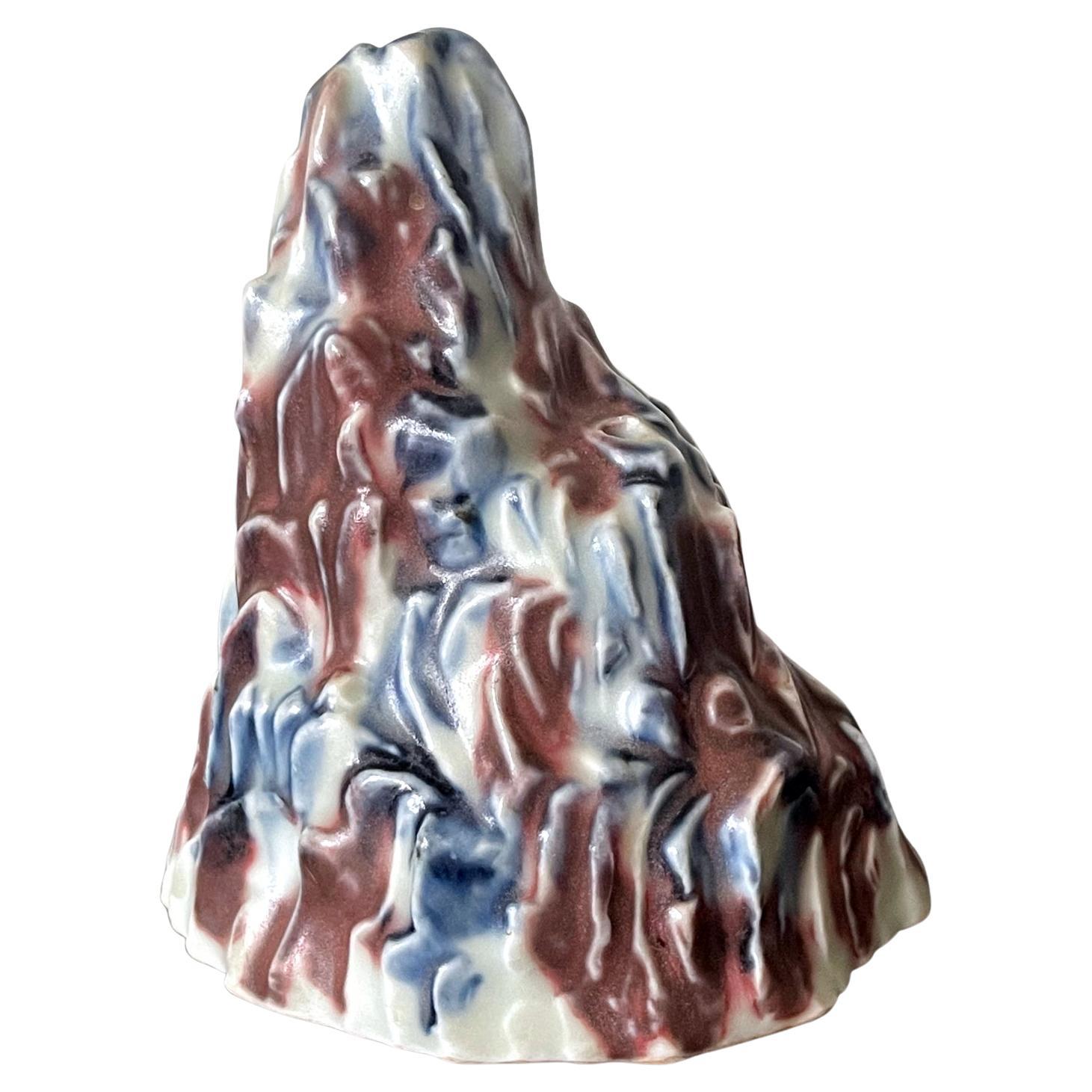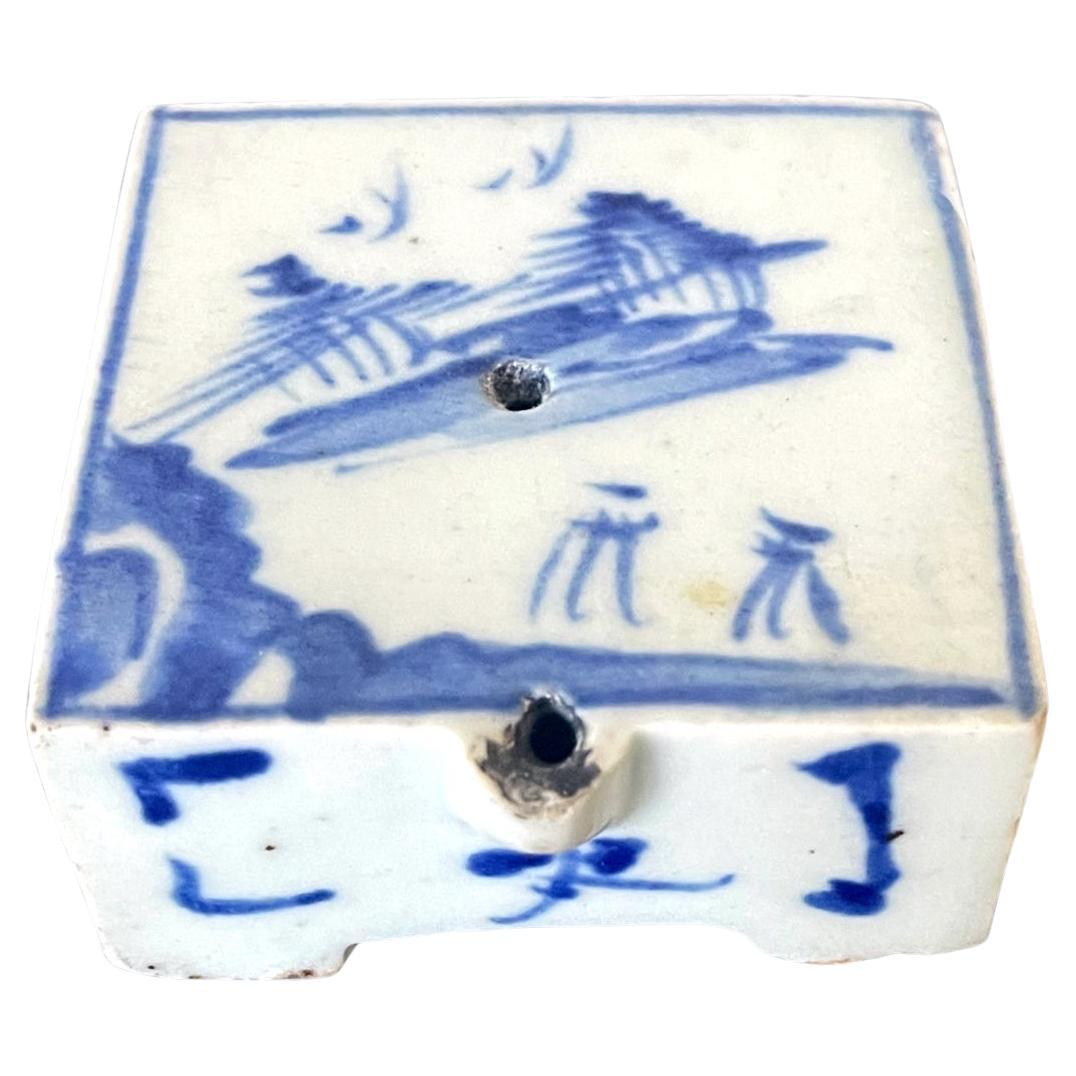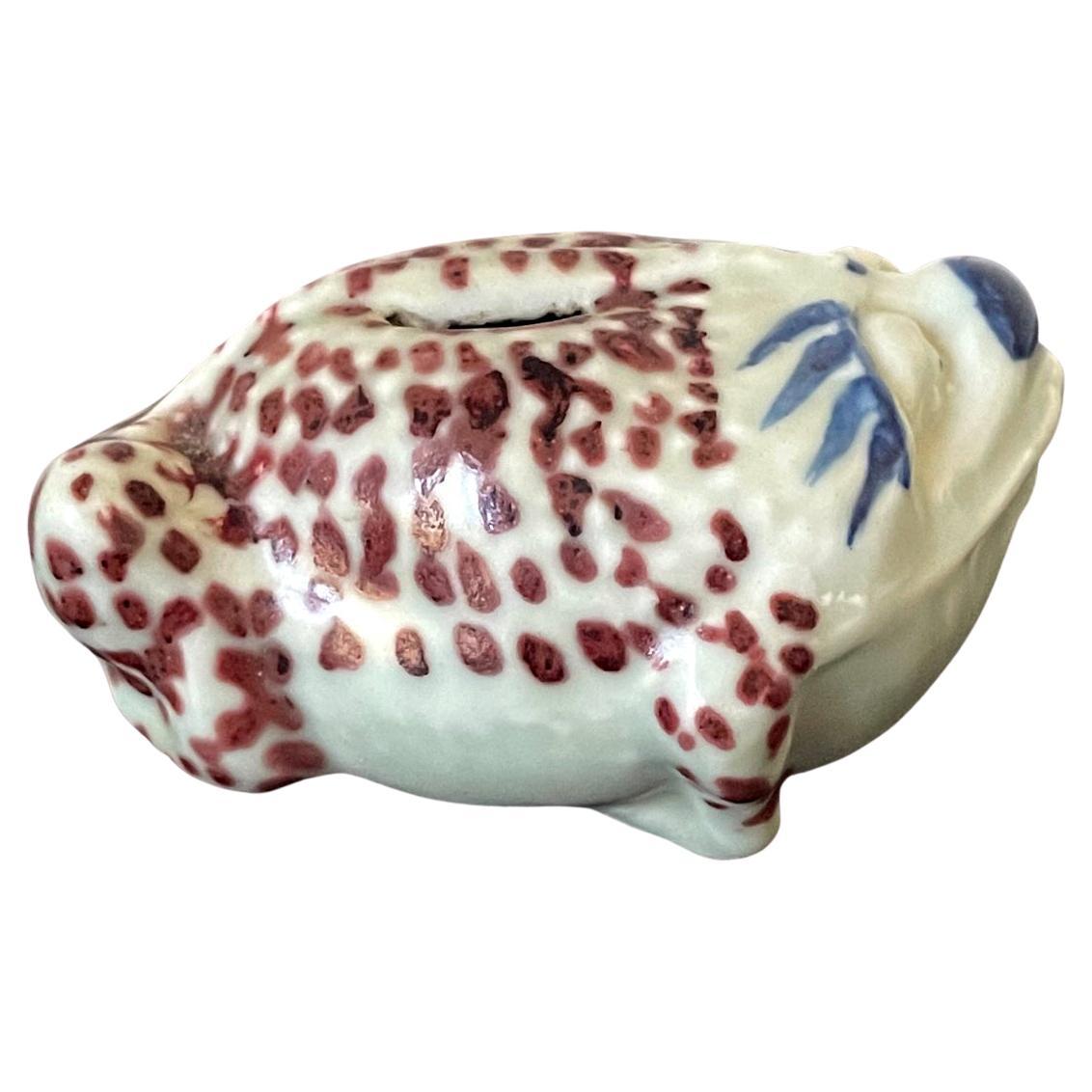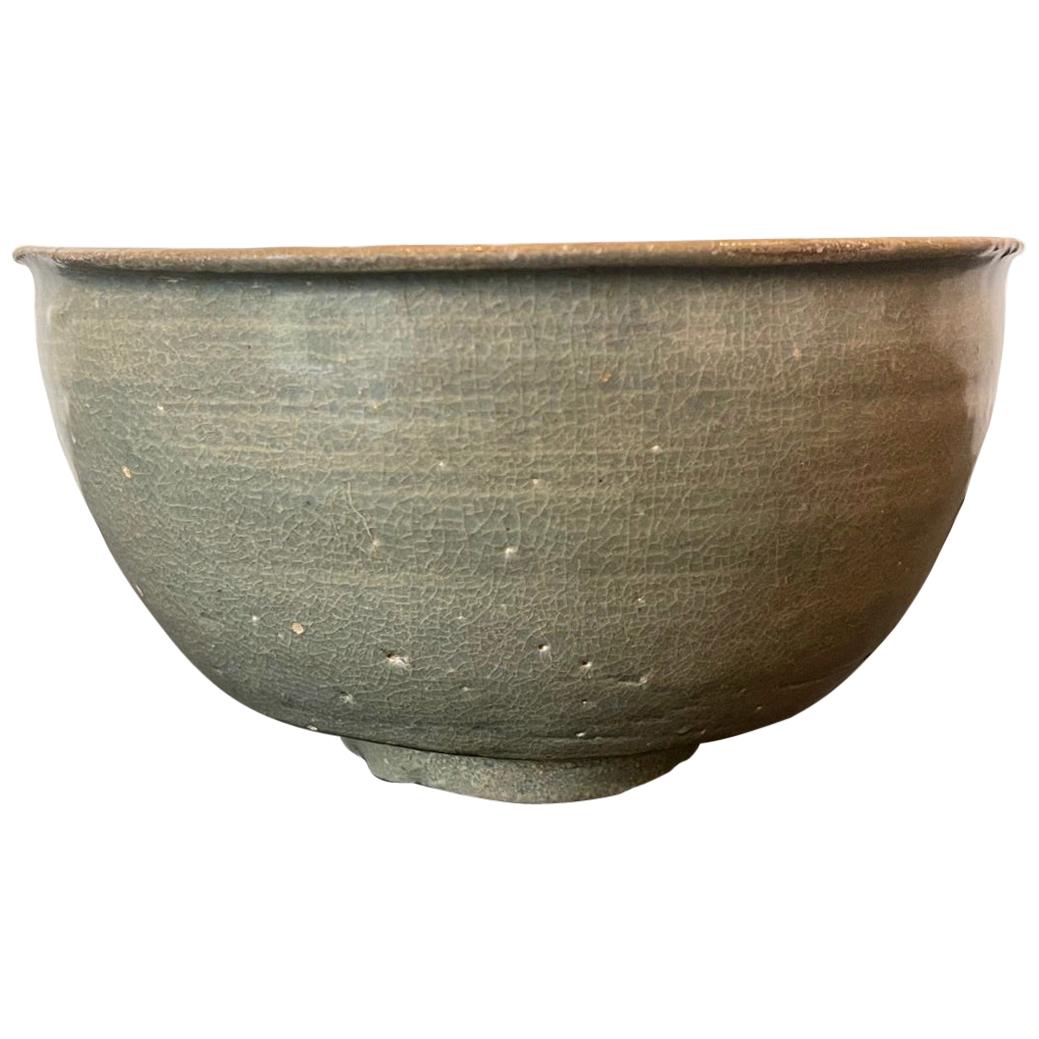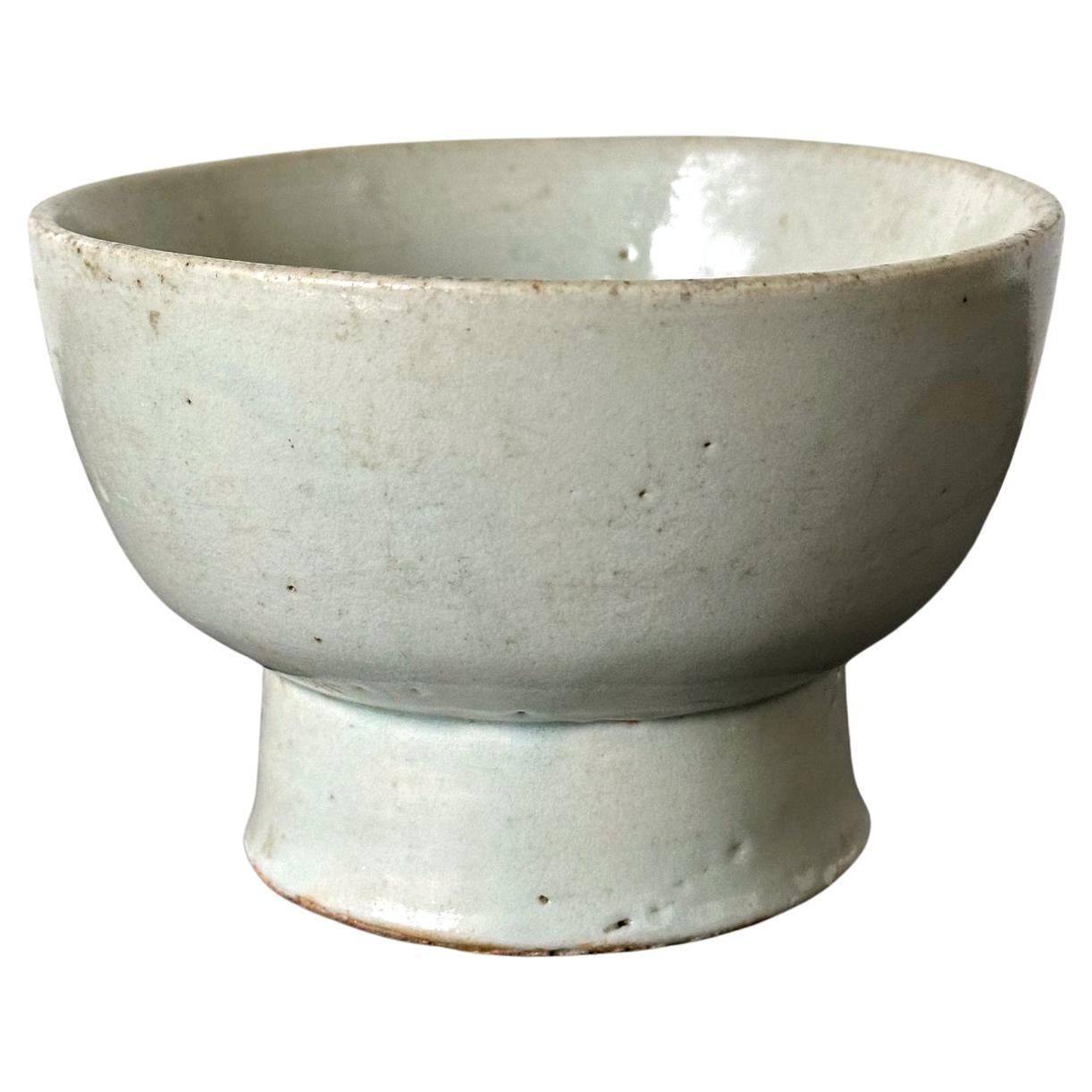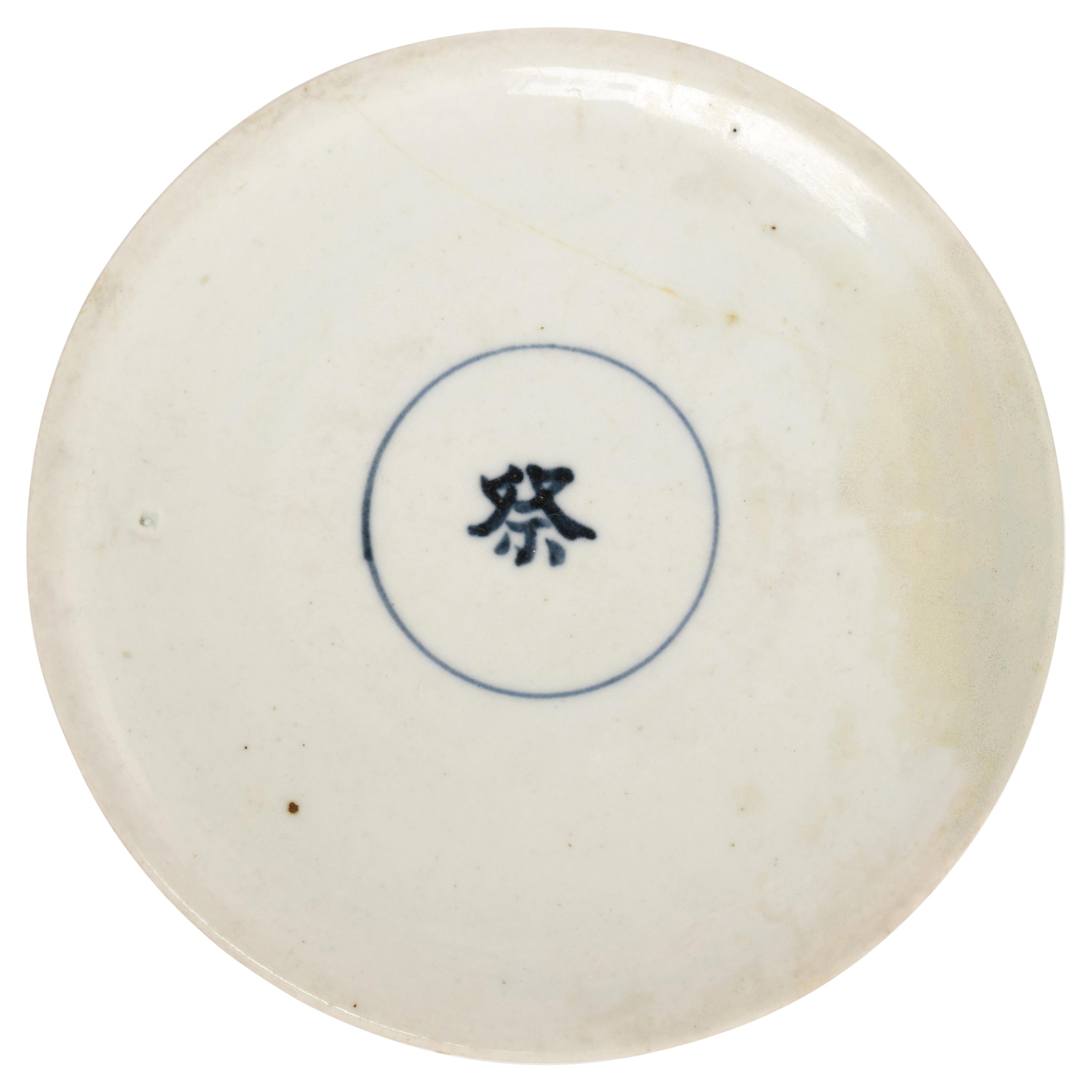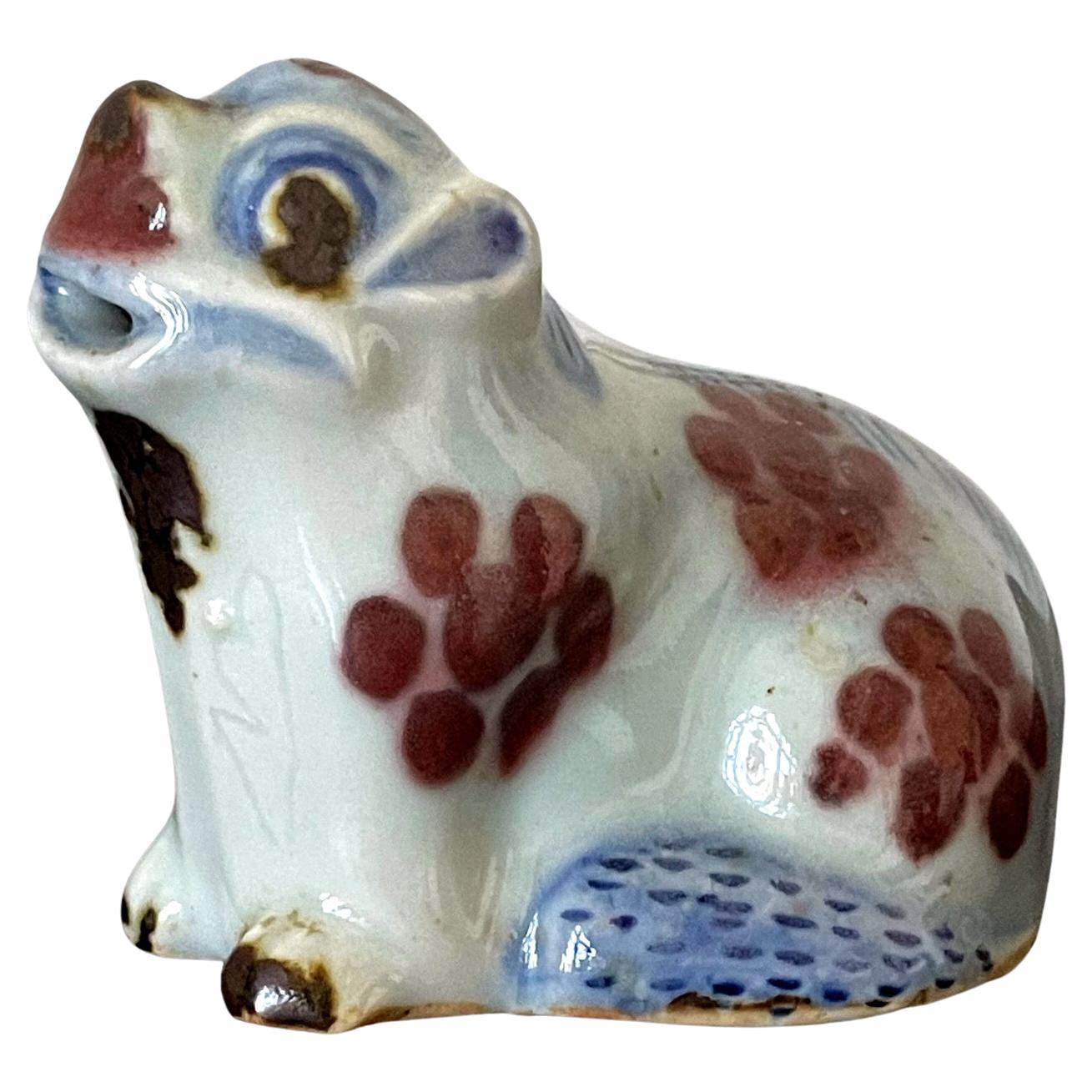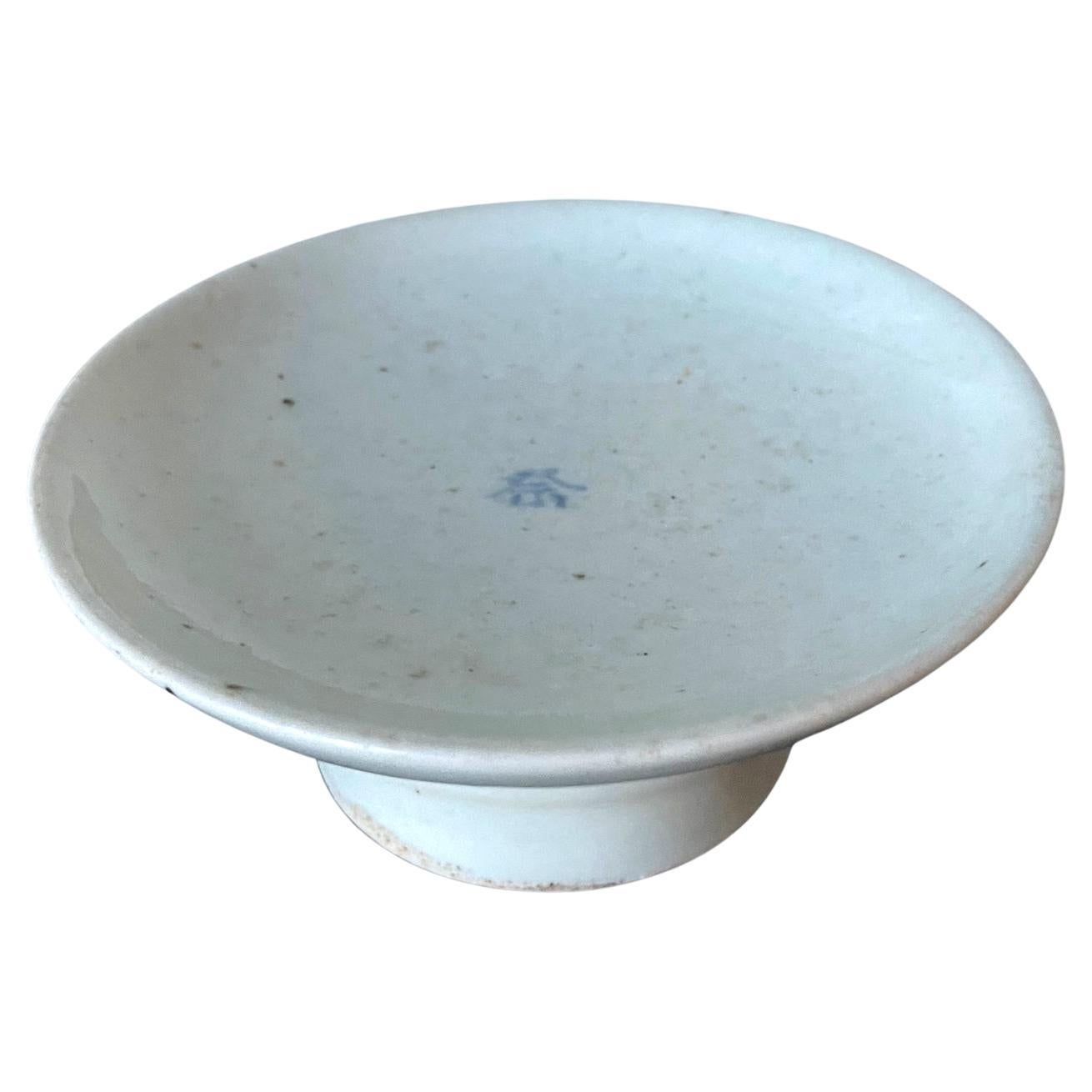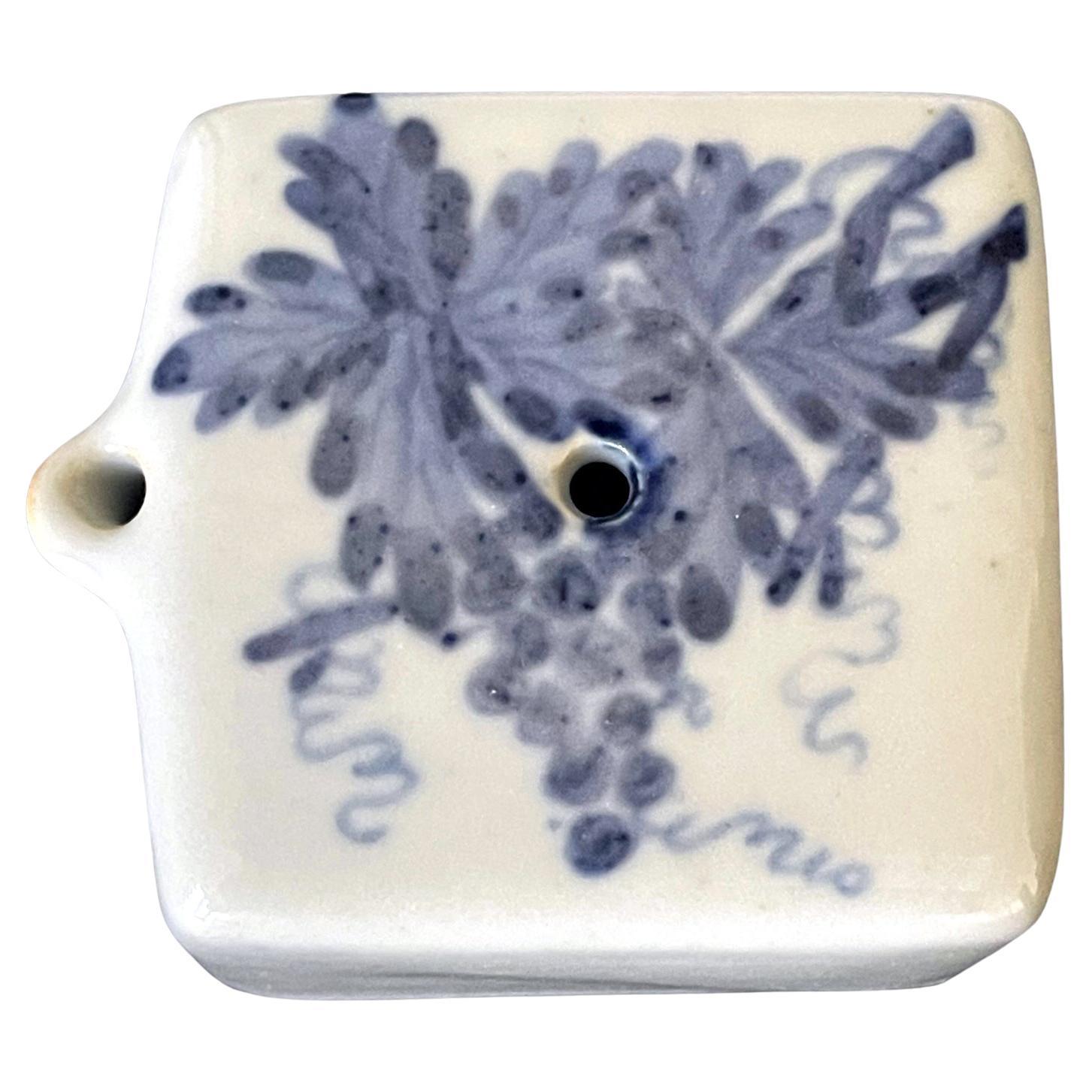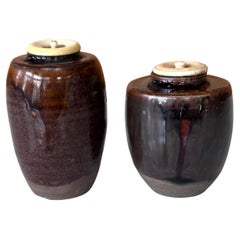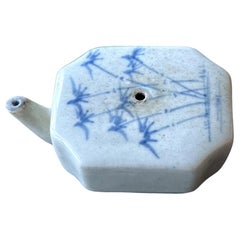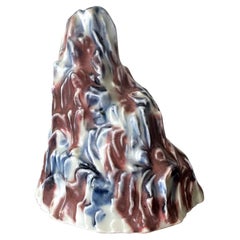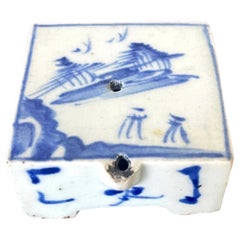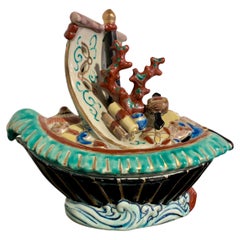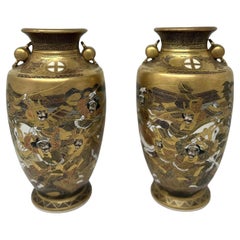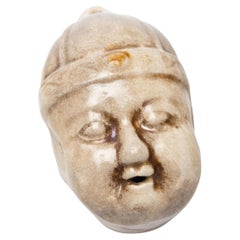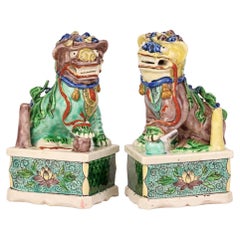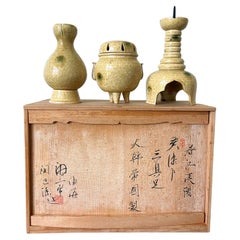
Set of Ki-Seto Ceramic Altar Pieces from Korean Empire Period
View Similar Items
Want more images or videos?
Request additional images or videos from the seller
1 of 18
Set of Ki-Seto Ceramic Altar Pieces from Korean Empire Period
Price:$2,050
$3,000List Price
About the Item
- Dimensions:Height: 9 in (22.86 cm)Width: 13 in (33.02 cm)Depth: 6 in (15.24 cm)
- Style:Other (Of the Period)
- Materials and Techniques:Ceramic,Glazed
- Place of Origin:
- Period:
- Date of Manufacture:1897-1910
- Condition:Wear consistent with age and use. Ceramics in fine condition, minimal verdigris on the pricket. The lid for the storage box is slightly warped. The exterior carton box is worn.
- Seller Location:Atlanta, GA
- Reference Number:1stDibs: LU945034067532
About the Seller
4.9
Platinum Seller
Premium sellers with a 4.7+ rating and 24-hour response times
Established in 2006
1stDibs seller since 2010
564 sales on 1stDibs
Authenticity Guarantee
In the unlikely event there’s an issue with an item’s authenticity, contact us within 1 year for a full refund. DetailsMoney-Back Guarantee
If your item is not as described, is damaged in transit, or does not arrive, contact us within 7 days for a full refund. Details24-Hour Cancellation
You have a 24-hour grace period in which to reconsider your purchase, with no questions asked.Vetted Professional Sellers
Our world-class sellers must adhere to strict standards for service and quality, maintaining the integrity of our listings.Price-Match Guarantee
If you find that a seller listed the same item for a lower price elsewhere, we’ll match it.Trusted Global Delivery
Our best-in-class carrier network provides specialized shipping options worldwide, including custom delivery.More From This Seller
View AllSet of Two Antique Japanese Ceramic Ko-Seto Chaires
Located in Atlanta, GA
A collection of two ceramic chaires (Tea caddies) of Ko-seto ware type from Edo period Japan circa 17-18th century. This type of small jar was made of stoneware in old Seto kilns in ...
Category
Antique 18th Century Japanese Edo Ceramics
Materials
Ceramic
Korean Ceramic White Porcelain Water Dropper Joseon Dynasty
Located in Atlanta, GA
A small Korean water dropper in rectangular form with beveled edges, circa early 19th century of the Joseon Dynasty. The milky white porcelain pie...
Category
Antique 19th Century Korean Other Ceramics
Materials
Ceramic
Korean Ceramic Water Dropper in Mountain Form Joseon Dynasty
Located in Atlanta, GA
A Korean ceramic water dropper in the shape of a mountain from late Joseon Dynasty circa 1850-1900s. The lovely piece takes a shape of a rugged mountain peak with crags and furrows, ...
Category
Antique Late 19th Century Korean Other Ceramics
Materials
Ceramic
Korean Ceramic Water Dropper Joseon Dynasty
Located in Atlanta, GA
A small Korean ceramic water dropper in square form on four corner feet, circa 19th century late Joseon Dynasty. The piece features an underglaze blue pa...
Category
Antique 19th Century Korean Ceramics
Materials
Ceramic
Korean Ceramic Water Dropper in Frog Form
Located in Atlanta, GA
A Korean ceramic water dropper in the form of fog circa early 20th century likely from Japanese colonial time post 1910s. The animal form features under...
Category
Early 20th Century Ceramics
Materials
Ceramic
Korean Ceramic Celadon Deep Bowl Goryeo Dynasty
Located in Atlanta, GA
A ceramic bowl with celadon glaze from Korea, circa 14th century (late Goryeo Dynasty). The particular shape of the bowl suggests that it is likely a "Bo" (Chinese) or "Hattara" (Japanese "Oryoki"). This is a Buddhism term derived from Sanskrit word "patra", which means "vessel that contains just enough". The container was used traditionally by Buddhist monks to ask for alms (donated foods by laymen). The deep volume and the wide opening are conducive to its utility function. The bowl is covered in a jade-color celadon which has very fine and uniform crackles throughout. Upon close inspection of the exterior wall, one can detect a very light brush of white slip circumventing the body. The white slip brushing technique only became popular from 15th century on as a landmark of the Buncheong ceramics...
Category
Antique 15th Century and Earlier Korean Archaistic Ceramics
Materials
Ceramic
You May Also Like
Japanese Kutani Treasure Boat 'Takarabune' Censer, Taisho Period, Japan
Located in Austin, TX
A wonderful Japanese Kutani porcelain incense burner, koro, in the form of a treasure ship, Takarabune, Taisho Period (1912 - 1926), Japan.
The censer boldly modeled as the legendary Takarabune, or Treasure Ship, a mythical ship said to carry the shichifukujin, the Seven Lucky Gods, around the heavens during the first days of the New Year, visiting lucky humans to bring blessings and prosperity.
The black bodied, single mast ship sails on the water, its sail full of wind and decorated with the character "takara", meaning treasure. The pierced top of the ship serving as the cover for the censer. It is loaded with magical items and treasure, most prominently, a large coral branch...
Category
Vintage 1910s Ceramics
Materials
Porcelain
Antique Pair Japanese Satsuma Hand Painted Vase Urns Meiji Period 1868-1912
Located in Dublin, Ireland
Stunning Pair of early Meiji period Satsuma heavy gauge earthenware Rouleau Japanese Vases of Museum quality and generous proportions. These beautiful Satsuma-ware vases were made du...
Category
Antique 19th Century Japanese Anglo-Japanese Ceramics
Materials
Ceramic, Porcelain
Chinese Ho Ho Boy Water Dropper, c. 1900
Located in Chicago, IL
This curious object is a late 19th-century Chinese water dropper, a calligraphy accessory that would have been found upon a scholar's painting ta...
Category
Antique Late 19th Century Chinese Qing Scholar's Objects
Materials
Porcelain
Chinese Pair Kangxi Porcelain Famille Verte Buddhist Lion Joss Stick Holders
Located in Bishop's Stortford, Hertfordshire
A very fine pair antique Chinese Kangxi porcelain famille verte Buddhist Lion joss stick holders dating between 1662 and 1722. The dogs sit raised on...
Category
Antique 17th Century Chinese Qing Ceramics
Materials
Porcelain
$4,070 / set
Free Shipping
Chinese Qing Pair Jun-Ware Liver Red Glazed Foo Dogs
Located in Bishop's Stortford, Hertfordshire
A rare and attractive pair Chinese Qing Jun-ware Foo dogs decorated in liver red glazes and dating from around 1850. The porcelain dogs are heavily made and stand raised on rectangul...
Category
Antique 1850s Chinese Qing Ceramics
Materials
Porcelain
Chinese Kangxi Very Rare Blanc De Chine Porcelain Cockerel, 1662-1722
Located in Bishop's Stortford, Hertfordshire
An extremely rare and finely made Chinese Kangxi porcelain blanc de chine figure of a cockerel. The cockerel stands on a shaped base with good feather detailing and stands crowing wi...
Category
Antique Late 17th Century Chinese Qing Ceramics
Materials
Porcelain
Recently Viewed
View AllMore Ways To Browse
Antique Incense Holder
Chinese Altar Vase
Japanese Oribe
Korean Joseon Vases
Korean Wood Box
Seto Ware
Seto Ceramic
Antique Korean Table
Oribe Ceramics
Japanese Altar Table
Korean Incense Burners
Seto Vase
Japanese Incense Holder
Oribe Ware
Chinese Altar Box
Empire Incense Burners
Japanese Painted Fan
Antique Chinese Seal
